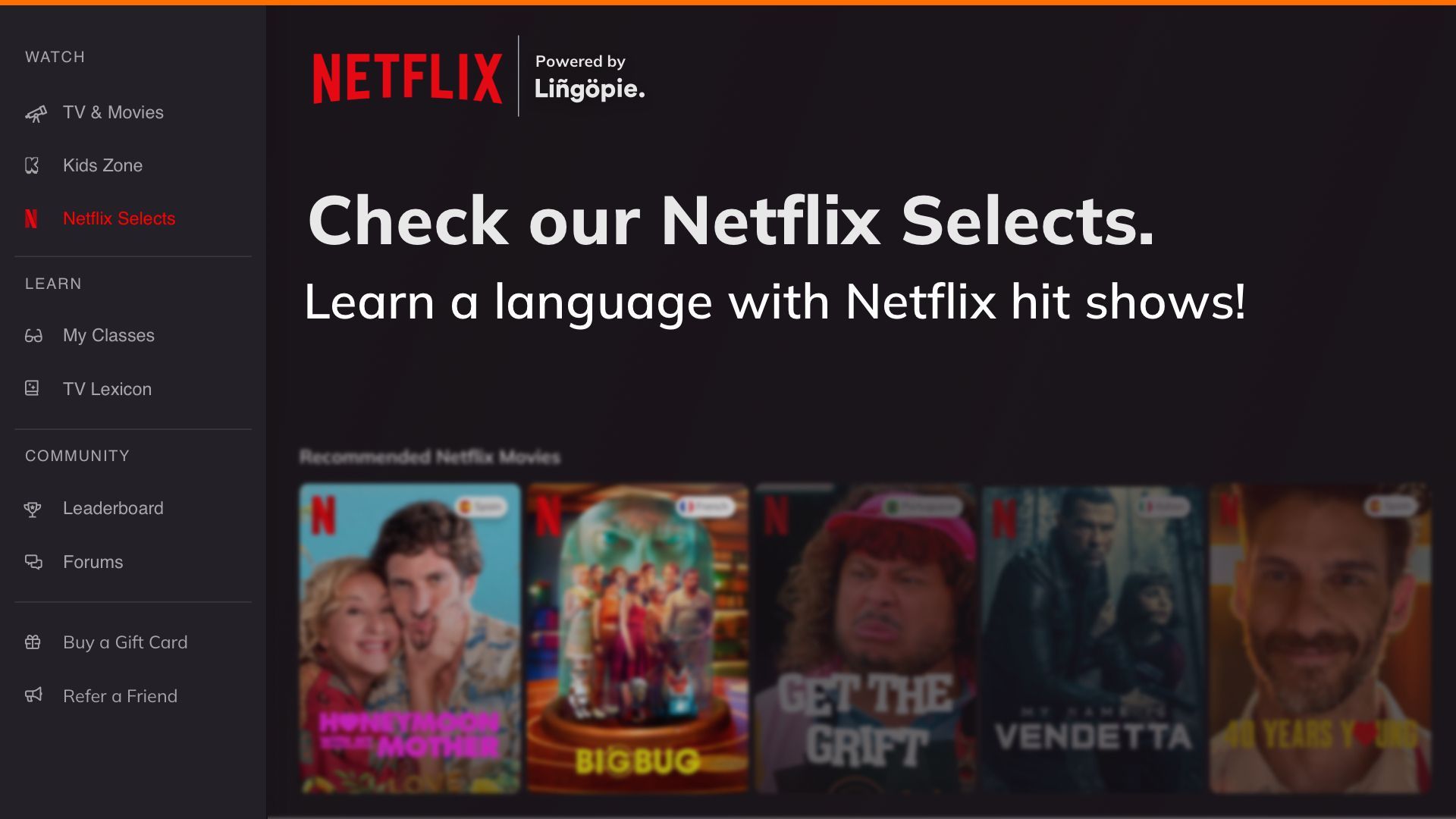Netflix has gained prominence over the years not only as an entertainment platform but as a well-known tool for language learning. Giving access to an immense library of content in different languages, learners have found it useful to empower and help submerge them in various accents, and social nuances. As a result of the entertainment which most people find interesting, the Netflix platform offers a powerful option in contrast to conventional language learning, consolidating diversion with training.
However, as good as the option of combining entertainment with learning can seem, it also breeds special challenges. Right from interruption and data over-burden to dissatisfaction, language learners frequently struggle to find an equilibrium that boosts the media’s true capacity. This article means to recognize these challenges and give noteworthy solutions to assist students with conquering them, guaranteeing a more useful and charming language-growth opportunity.

Key Challenges and Their Solutions
Distraction and Absence of Focus
Netflix’s primary intrinsic characteristic is to engage, making it easy to become mixed up in the storyline instead of focusing on language learning. The steady impulse to watch a series of episodes or inactively retain content can wreck learning objectives.
Way Out:
- Create a Devoted Report Space: Create a calm, interruption-free personal space explicitly for language learning. This actual division supports focus and decreases the probability of losing focus.
- Set an Attainable Objective: Address every learning session with an objective. For instance, learning ten new vocabulary words or figuring out a particular linguistic construction. Established objectives give a feeling of inspiration and course.
- Use the Pomodoro Technique: Break your review time into reasonable stretches. An instance is employing 25 minutes of watching followed by a 5-minute break. This strategy keeps up with focus and stops burnout.
Intentional use of Netflix as an instructive device instead of as an exclusive wellspring of diversion can help learners keep up with concentration and efficiency.
Information Overload
The sheer volume of new vocabulary, colloquial articulations, and quick exchange in foreign languages can overpower students, particularly amateurs. This overburden frequently prompts dissatisfaction and diminished maintenance.
Way Out:
- Start with Easy Content: Start with shows that use straightforward language, like children’s movies, narratives, or sitcoms. These allow clear verbalization and more straightforward sentence structures, making them ideal for beginners.
- Focus on Key Vocabulary: Rather than attempting to learn all words in a go, focus on the key vocabulary and articulations that are relevantly critical. Keep a journal, that helps you to write down these terms for later surveys.
- Transition Captions Gradually: Start with subtitles in your native language. This will create an easy environment to learn. Bit by bit, switch to the subtitles in the objective language as your understanding improves, and finally watch without subtitles.
By decisively dealing with the content and data stream, learners can try not to feel overpowered and fabricate a strong starting point for language dominance.
Losing Motivation
Language students often experience a level where progress appears to be stale. This can prompt a deficiency of motivation, putting forth a harder tendency for consistent attempts.
Way Out:
- Mix-Up Genres: Explore different movies with various genres, like dramas, comedies, or documentaries. With diverse genres in play, new environments are available for students to learn different vocabulary and conversational styles.
- Partner with a Friend or Tutor: Share your learning process with a friend by examining episodes in the objective language. This adds a sense of responsibility and makes the cycle more exciting and charming.
- Celebrate Milestones: Set feasible benchmarks, like finishing a time of a show totally in the objective language, and celebrate yourself after achieving them. Recognizing progress makes everyone feel quite a bit better and keeps inspiration high.
Dealing with Frustration
Fast exchange, new accents, and informal articulations can frustrate learners, especially when it seems hard to understand.
Way Out:
- Pause and Replay Sections: Make sure to pause and rewatch complicated scenes. Breaking the substance into more modest sections helps with further learning and improved understanding.
- Utilize Translation Tools: Utilize online word references or translation applications to look into new words and expressions. Build a customized glossary that can support learning and further develop maintenance.
- Focus on the General Meaning: Rather than focusing on individual words, expect to get a handle on the overall setting of discussions. This approach imitates regular language learning and fabricates trust in understanding.
Additional Tips for Language Learning with Netflix
Utilize Sound and Subtitle Settings
Try different things with the audio and subtitle settings. For instance, tuning in the objective language with native language subtitles or the other way round can assist novices, while advanced learners might profit from watching with both sound and subtitles in the objective language.
Explore Sound Descriptions
Many shows offer sound descriptions for outwardly impeded viewers. These can give extra setting, assisting learners with figuring out both verbal and non-verbal signals.
Combine with Integral Methods
Netflix shouldn’t replace conventional language learning techniques. Match your watching sessions with exercises like understanding books, composing diary passages, or working on talking with local speakers.
Maintain a Learning Journal
Record your milestones by reciting new vocabulary, phrases, and social experiences from every session. Going through this diary intermittently can enhance your improvement and propel further learning.
Conclusion
Netflix offers an interesting and intense method for learning languages. Through a combination of vivid diversion with functional openness to true discourse and culture, Netflix still stands as a dual purpose that incorporates learning and entertainment. This oftentimes presents difficulties that require intense maneuvers to overcome. By resolving issues like interruption, data overload, and frustration, learners can access the maximum capacity of Netflix as a learning language asset. Trying different things with various strategies, keeping up with consistency, and encouraging a positive outlook are vital to transforming difficulties into learning experiences.
Eventually, Netflix isn’t simply a window into new languages, but an entryway to more profound social understanding and worldwide association.

